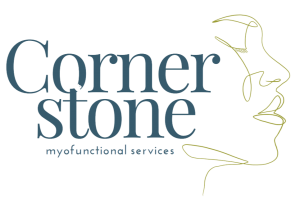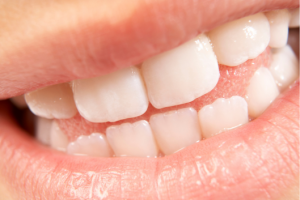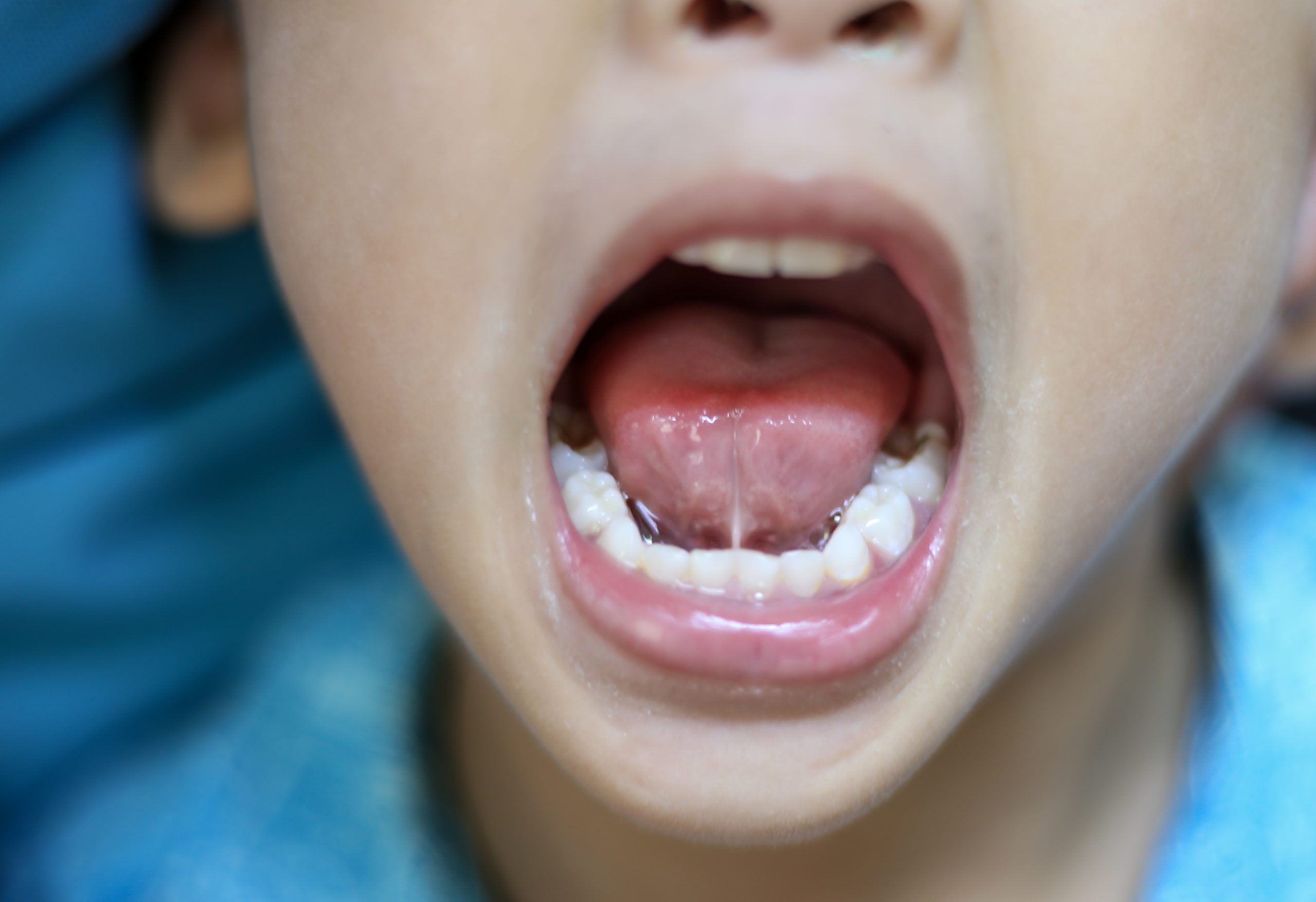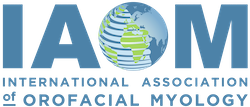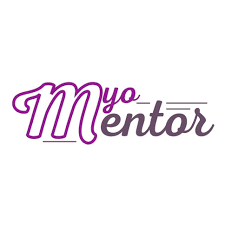Bridging Oral Health and Wellness
Myofunctional Therapy is a program used to correct the improper function of the tongue and facial muscles.
Bridging Oral Health and Wellness
Myofunctional Therapy is a program used to correct the improper function of the tongue and facial muscles.
Orofacial Myofunctional Disorders
Orofacial Myofunctional Disorders

OMDs affect people of all ages
OMDs affect people of all ages
Children, teenagers, and adults may suffer from Orofacial Myofunctional Disorders. OMDs may interfere with normal growth and development of the muscles and bones of the face and mouth. OMDs may also interfere with how the muscles of the face and mouth are used for eating, talking, and breathing. People who have an OMD may also have problems with talking, swallowing, and breathing through their nose. Some children push out their tongue when they talk, drink, or eat. This is called tongue thrusting and it is one type of OMD.
Do you suffer from any of these?
People with myofunctional habits can identify many symptoms, but are often unable to tie it all together.
A Myofunctional Therapist will help identify the concerns and educate the patient on why treatment is necessary.
The symptoms, or concerns, of the patient include but are not limited to the following:
Mouth Breathing
Orthodontic Relapse
Chronic Tension
Mood Disorders
Jaw Pain
Toxic Oral Habits
Tongue Thrust
Snoring
Chronic Headaches
Grinding
Swallowing Difficulty
Poor Posture
Sleep Apnea
Tongue-Tie
Speech Problems
Digestive Issues
Do you suffer from any of these?
People with myofunctional habits can identify many symptoms, but are often unable to tie it all together.
A Myofunctional Therapist will help identify the concerns and educate the patient on why treatment is necessary.
The symptoms, or concerns, of the patient include but are not limited to the following:
Mouth Breathing
Orthodontic Relapse
Chronic Tension
Mood Disorders
Jaw Pain
Toxic Oral Habits
Tongue Thrust
Snoring
Chronic Headaches
Grinding
Swallowing Difficulty
Poor Posture
Sleep Apnea
Tongue-Tie
Speech Problems
Digestive Issues
Benefits of Orofacial Myofunctional Therapy
Breathe, Sleep, Live, Smile
The purpose of myofunctional therapy is to retrain the muscles and to obtain a normal resting posture of the tongue, lips and jaw.
Our program is appropriate for children, teens and adults. Program goals are individualized and are meant to create new healthy oral habits. The benefit of healthy habits can include nasal breathing, a proper swallow pattern, favorable resting tongue position and preserving orthodontic results from this program.
Breathing
The approach to therapy emphasizes training in the correct resting postures of the tongue and lips all with the goal of facilitation proper nasal/diaphragm breathing. The nose’s primary function is inhaling oxygen, followed by filtering air, warming, and moisturizing it- this allows our body to get more usable oxygen which can have a profound impact on the growth and development of the face and airway.
